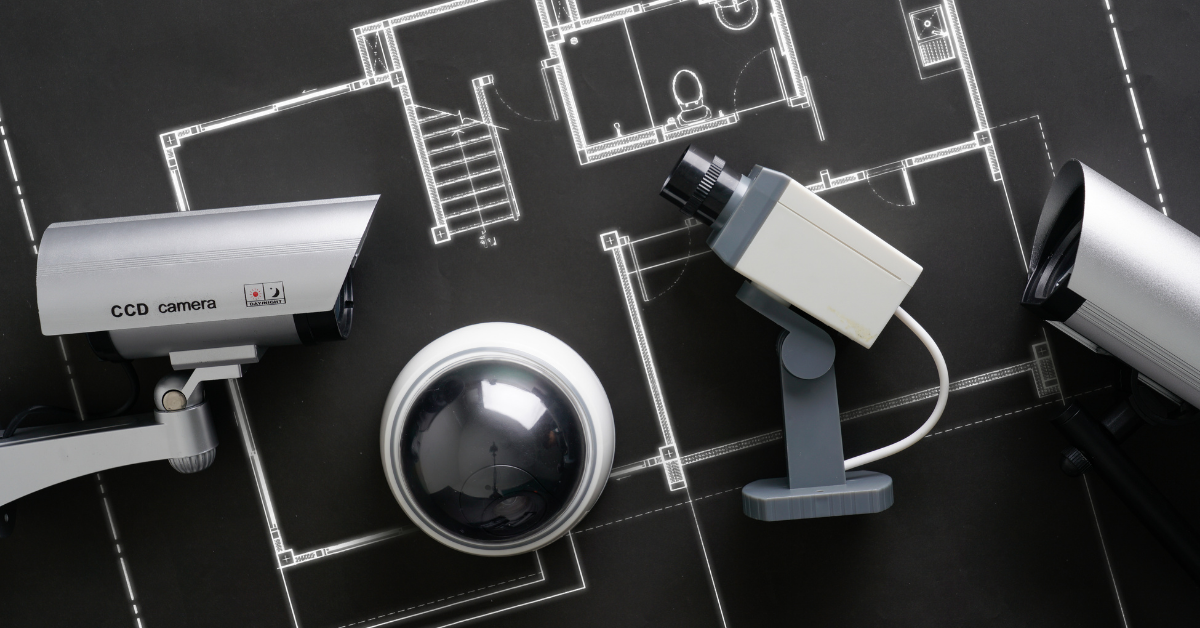Offenders and regular users of space alike can observe environmental cues that indicate, “This is a safe place,” or “This place appears to be unsafe.” Sophisticated, expensive security is not the sole solution to ensure the physical safety and security of your work site. Organizations should take advantage of natural opportunities beyond security personnel and equipment to make their physical work environments safer for all those who work at or visit the premises.
Basic principles of Crime Prevention Through Environmental Design (CPTED) include target hardening (controlling access to buildings and conducting surveillance on specific areas to reduce opportunities for crime to occur) and territorial reinforcement (increasing the sense of security in settings that encourage informal control of the environment). CPTED can be viewed as part of a comprehensive crime prevention strategy.
Crime patterns are generally influenced by factors such as lighting, natural barriers, street layouts, traffic flows, railways and land use. Tolerating general disrepair sends a clear signal to potential criminals and other undesired users that the site is fair game. Conversely, it makes employees and others feel unsafe. Situational prevention techniques can be used to prevent crime by reducing the convergence of offenders and targets in vulnerable locations.
Considerations for Workplace Environments
Crime prevention design strategy must enhance (or at a minimum not impair) the effective use of the space along with preventing crime. CPTED involves design of physical space in the context of the needs of authorized users of the space, the normal and expected (or intended) use of the space, and the predictable behavior of authorized users and offenders. Properly designed CPTED will recognize the designated use of the space, define the crime problem related to, and the solution compatible with, the designated use.
Low-tech security measures can provide subtle, yet reliable effects:
- Establish defined areas and barriers, such as fences, walls, gates and other barriers, to aid in recognition, as well as create delay mechanisms for a criminal act.
- Design perimeter gates with only a minimum number of openings from which cars and pedestrians enter and leave.
- Reduce the number of building access points and provide the remaining points with good lighting, visibility and security.
- Utilize alarms to augment barriers that can call attention to intruders not stopped by the barriers.
- Assemble decorative planters and bollards to prevent a vehicle from getting too close to buildings.
- Avoid any landscaping within three (3) feet of the interior curbing of the perimeter of the parking lot.
- Install CCTV video surveillance in strategic areas.
- Emphasize exterior openness and natural distance to increase an intruder’s perception of risk of surveillance.
- Reduce the potential for confusion between external vehicles and those of employees by having a separate access point and parking spots for external delivery and vendor vehicles.
- Ensure all employee and visitor parking is visible from the buildings.
- Consider how extended locations of employee parking may create access control issues, provide for unsupervised areas, and can negatively affect morale.
- Position reception area to provide natural access control and surveillance.
- Provide clear border definition of controlled interior space.
- Restrict access to only authorized persons in designated areas.
- Clearly mark transitional zones that indicates movement from public to semi-public to private space.
Where to Begin
Steps taken to incorporate CPTED into a security program must first include a process to identify the threats to the organization. Understanding threats that are specific to the workplace and immediate surrounding environment include both natural/biological hazards and technological/human-induced hazards. Once threats have been identified, a prioritized approach should be implemented. While it is obvious that threats to which your organization is highly vulnerable must be addressed promptly, any identified threats that can be mitigated quickly and with little cost should be considered early on (i.e., take care of low hanging fruit now!).
For assistance with security-related initiatives, contact Odin Enterprises today. We maintain an extraordinarily experienced cadre of Subject Matter Experts (SME) who provide consulting and instruction in multiple disciplines in order to identify and counter traditional and asymmetric threats.
P: 678.906.4100




